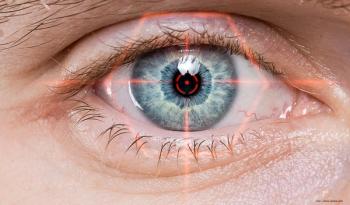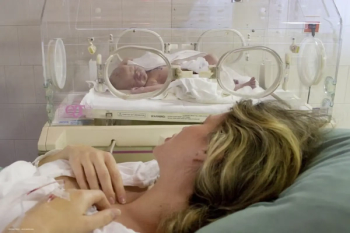
Risk factors for developing rhegmatogenous retinal detachments in fellow eyes identified in study
Patients with a unilateral rhegmatogenous retinal detachment frequently ask about the risk of developing an RRD in their fellow eye.
William Kearney, MS, Dan Gong, MD, and colleagues from Massachusetts Eye and Ear, Harvard Medical School, Boston, identified risk factors for the development of rhegmatogenous retinal detachments (RRDs) in the fellow eye of patients who developed an RRD in one eye.
RRDs are sight-threatening conditions associated with potential morbidity, and patients with a unilateral retinal detachment frequently ask about the risk of developing an RRD in their fellow eye.
The investigators pointed out that this question is clinically relevant for identifying fellow eyes with an increased risk of developing an RRD and may help improve the ability to diagnose RRDs earlier. “This early diagnosis is essential since early repair increases the success rate of retinal reattachment surgery and improves visual outcomes,” Kearney said.
The investigators conducted a retrospective cohort study using the American Academy of Ophthalmology IRIS registry data from 2016 to 2020.
The study included 212,886 patients with a newly diagnosed RRD in one eye. The researchers collected data that included patient age, sex, race, geographic region, and smoking status.
The analysis found that 61.3% of patients were men (mean patient age, 60.7 years) who developed a new RRD in at least one eye.
A total of 6,826 (3.2%) developed an RRD in the fellow eye at a mean time of 406.5 days from the diagnosis of the RRD in the first eye, they reported.
Pars plana vitrectomy was the most common initial procedure (57.9%) performed to repair the RRD in the fellow eye, although 10.7% of patients required two or more procedures to reach that end.
Risk factors for fellow eye RRD
The risk factors for developing an RRD in the fellow eye were as follows: male versus female sex (hazard ratio [HR], 1.74; P < 0.001); younger age at first eye RRD diagnosis (HR 1.02, P < 0.001), Asian versus Caucasian ethnicity (HR, 0.54; P < 0.001); Black versus Caucasian race (HR, 0.55; P < 0.001); active smoking status versus never smoked (HR, 1.12; P = 0.004); and Northeast versus Midwest residency (HR, 0.89; P = 0.007).
The investigators concluded, “In this cohort analysis of patients with a newly developed RRD in one eye, male sex, younger ageof first eye RRD diagnosis, and active smoking were associated with higher risk of developing a fellow eye RRD.”
Newsletter
Get the essential updates shaping the future of pharma manufacturing and compliance—subscribe today to Pharmaceutical Technology and never miss a breakthrough.













































